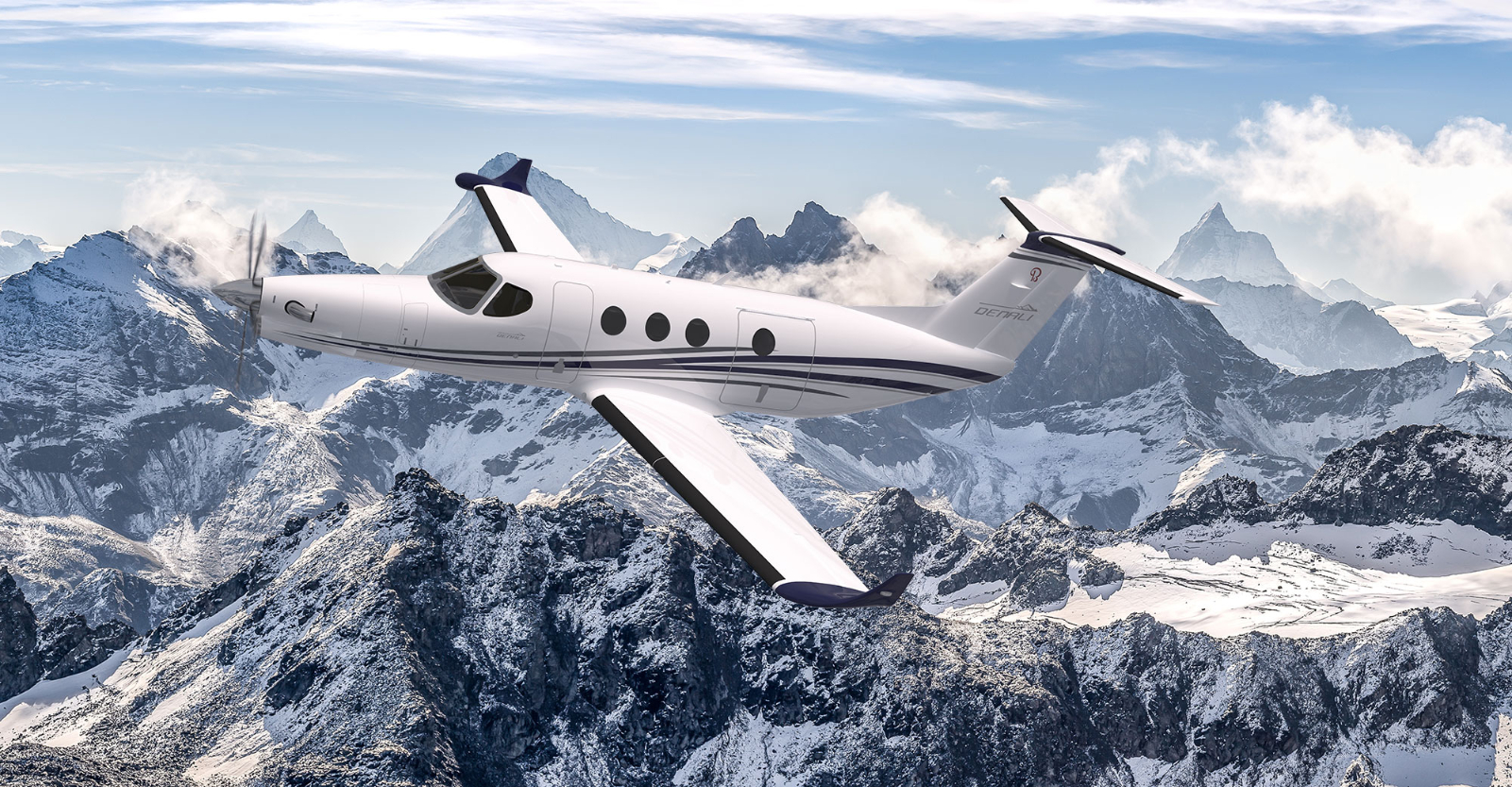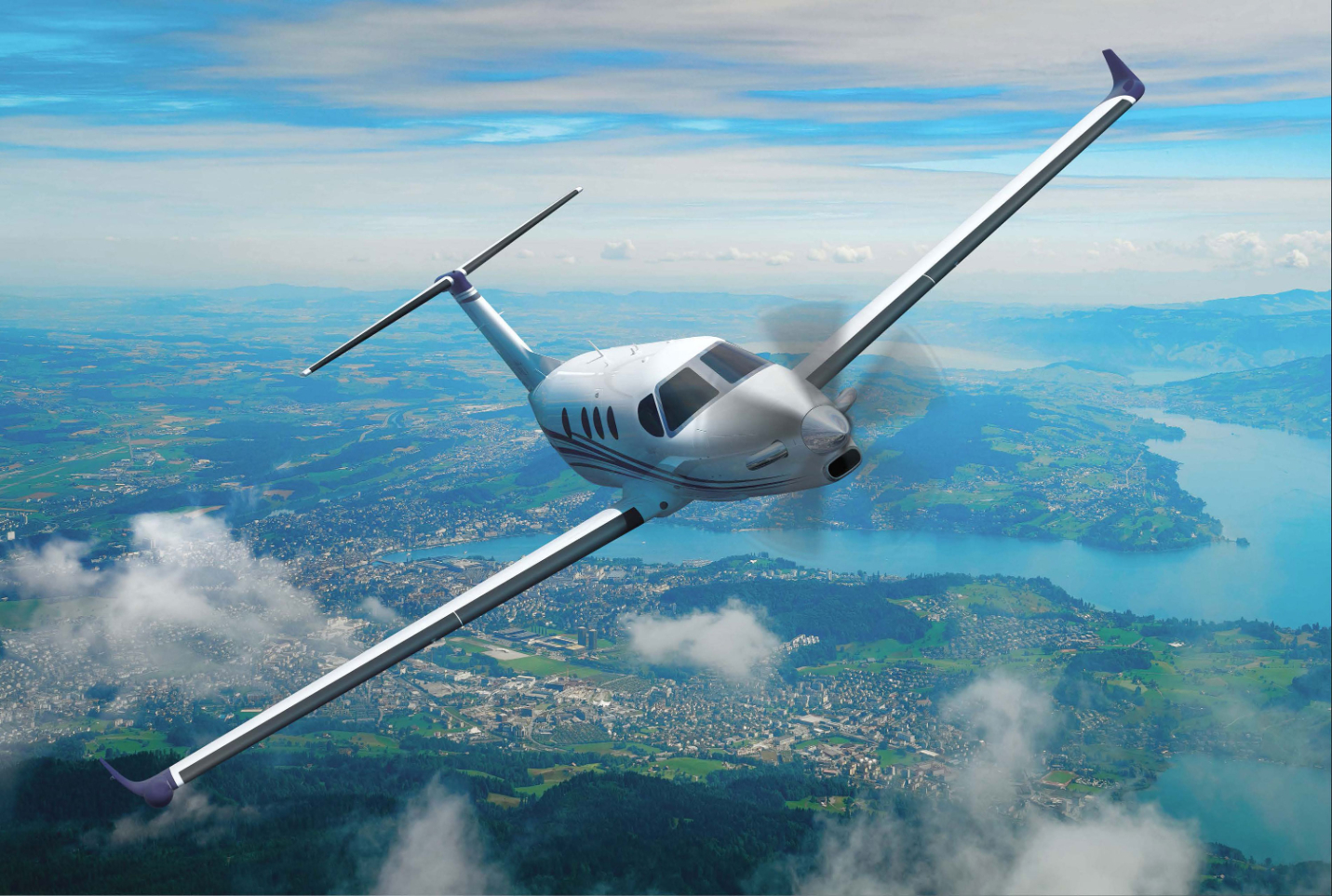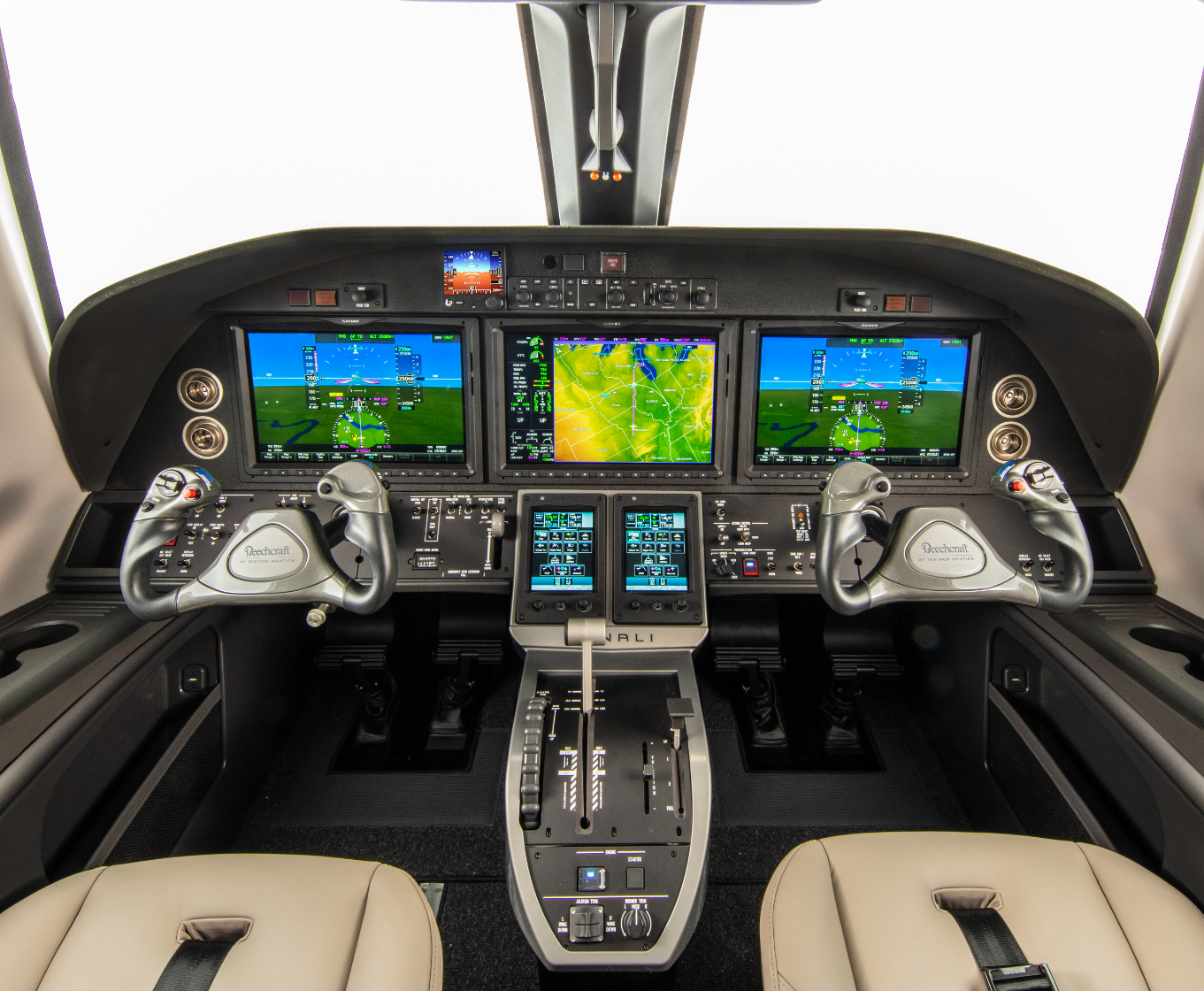Plane Talk
One of the good things about the aviation industry is that it’s never at a standstill. From new designs, airframes and operates to the emergence of new airlines, the industry’s heart never stops beeping.
Written by Benn Marks
31 August 2022
As eventful as the year has been, as 2021 draws to a close, a number of blips have still managed to appear on the industry’s perpetually sweeping radar.
For SETP (single-engine turboprop) devotees, the news that Beechcraft’s in-development Denali conducted its first flight (in late November) should get tongues wagging.
Slated for certification in 2023, the new, clean-sheet Denali shares the same design format and overall dimensions as the ubiquitous Pilatus PC-12, arguably the uncontested Swiss Army knife of the aviation world by virtue of its adaptability to a wide variety of roles.
And, just like the Pilatus PC-12, the Beechcraft Denali looks set to offer performance, too.
In ideal conditions, the design will be able to fly 1,600-nautical-mile sectors with four passengers or carry up to a maximum of 8 to 11 occupants (obviously not as far), yet cruise at a top- end speed of 285 knots. It will also be certified to soar as high as 31,000 feet. Impressive!
Throw in a Garmin G3000-equipped flight deck with three large 14-inch LCD screens at its heart, a generously sized large cabin that can be configured for executive or high-density seating, and a very handy port-side cargo door measuring 4 feet 3 inches high and 4 feet 4 inches wide that affords owners and operators a high degree of operational versatility.
Then add in the advanced GE Aviation Catalyst turboprop engine that can pump out a crushing 1,300 shaft horsepower (shp) while boasting reduced fuel consumption and lower emissions along the way, and the Denali looks all set to be another innovative winner when it achieves certification in 2023.
However, if the Beechcraft Denali doesn’t appear large enough to satisfy the travel aspirations of intrepid explorers seeking adventures on a grander scale with a dozen or so close friends or family, Lufthansa Technik AG’s latest impressive design idea could conceivably sate that desire. And this is where the fun starts.
Billed as the Explorer design concept and showcased at the Dubai Air show this year, this visionary idea is, according to Lufthansa Technik AG (LT), a “pioneering cabin design for long-haul VIP aircraft”.
Despite being a concept study at this stage only, it is nevertheless a grand one and draws inspiration from the Explorer boat class of superyachts and their raison d’être.
Namely, to transport owners and guests in sumptuous, luxurious comfort to out-of-the-way, remote destinations while also possessing all the necessary amenities and equipment for them to enjoy the experience when they get there – whether that’s leisure activities, such as short trips away from the mother ship, or resting and relaxing in private VIP cabins.
LT developed this idea further and created the Explorer aircraft concept, selecting the ACJ330 as the Explorer platform to show the true potential of such an idea.
As a wide-body aircraft, the ACJ330 is ideal because its cabin can be configured in various ways to cater to a customer’s individual requirements, something that also ties in well with the Explorer concept.
So, where one customer may opt for a cabin fit-out that includes a bedroom, conference area, bathroom or office in their Explorer aircraft to suit their specific travel requirements, another customer may opt to dial it up a notch and choose fitness, spa or even dance floor areas in theirs.
In that sense, when completed, the fit-outs of Explorer aircraft will be truly unique, with the owner’s signature evident in the interior.
Add a funky ceiling projection system courtesy of Diehl Aerospace, which creates mood and atmosphere in the VIP cabin by projecting numerous virtual worlds on designated ceiling and sidewall areas, and the Explorer platform becomes a luxurious flying hotel.
A five-star one, to be precise, with the range to fly to any number of destinations around the world within hours and offering the amenities and services a VIP traveller could reasonably expect to find in a five-star hotel on terra firma along the way.
Explorer aircraft, in this regard, are equivalent to moveable base camps, equipped with all the necessary amenities to facilitate a comprehensive travel experience for VIP travellers, whether inflight or onsite at their destination.
Guests can conceivably bring specialised equipment along for the ride, too, like the odd off-road vehicle, wingsuit or wine cellar.
LT has also proposed using a large main deck cargo door (a feature available in new-built freighters or as a retrofit solution for some wide-body aircraft types) that opens for a verandah to extend several metres from the main passenger deck while parked; a feature that provides guests with spectacular views of the environment from a vantage point 4 metres above the ground.
The company has also indicated the Explorer interior concept is transferable to other wide-body aircraft types, for example the ACJ350, B787 and B777, so it’s feasible they can be Explorers, too.
However, at this stage, the verandah option is limited to wide-body aircraft for which retrofittable cargo door solutions already exist.
Unrivalled passenger comfort is the aim of the game with the Explorer concept. And so, in tandem with LT’s desire for guests to fully benefit from and appreciate the Explorer experience, a passenger manifest geared toward the 8 to 12 mark is optimal.
Although an Explorer variant capable of accommodating up to 47 passengers is certainly feasible, again, the customer’s requirements will determine total passenger numbers.
While the Explorer concept gains traction, it’s fair to say Embraer has indeed achieved it with one of its latest offerings, the Embraer E195-E2 series jet, which the Brazilian aerospace giant recently showcased at the inaugural Selangor Aviation Show in Malaysia, displaying the machine at the Dubai Air Show beforehand.
The Regional Airliner demonstrator was resplendent in a visually striking TechLion livery.
Depending on the viewer’s frame of mind, it could be interpreted as intimidating, menacing, whimsical even, but certainly eye-catching as it highlights the aircraft’s serious regional airliner credentials.
Embraer has boldly proclaimed the E195-E2 as “the world’s most efficient and sustainable single-aisle jet”. A senior Embraer executive added, “This jet- powered aircraft emits 25 percent fewer emissions per seat than a typical turboprop and has the lowest levels of external noise and emissions among all jet aircraft.”
The demonstrator at Selangor displayed 2+2 seating with various seat pitches, including the staggered business-class concept. In a full economy-class configuration, the regional airliner can seat up to 146 passengers.
Unsurprisingly, the E195-E2 belongs to a distinguished extended family of regional jets that have made substantial inroads into many commercial airlines’ inventory over the years – a trend that looks set to continue with this impressive machine.
And so, a round of applause to Embraer for the rave (passenger) reviews it has received for designing jets that consistently deliver solid performance in an eco-friendly manner and, depending on the occasion, arrive in spectacular fashion; something we hope to see more of in the future.
Rendez-vous à Monaco








